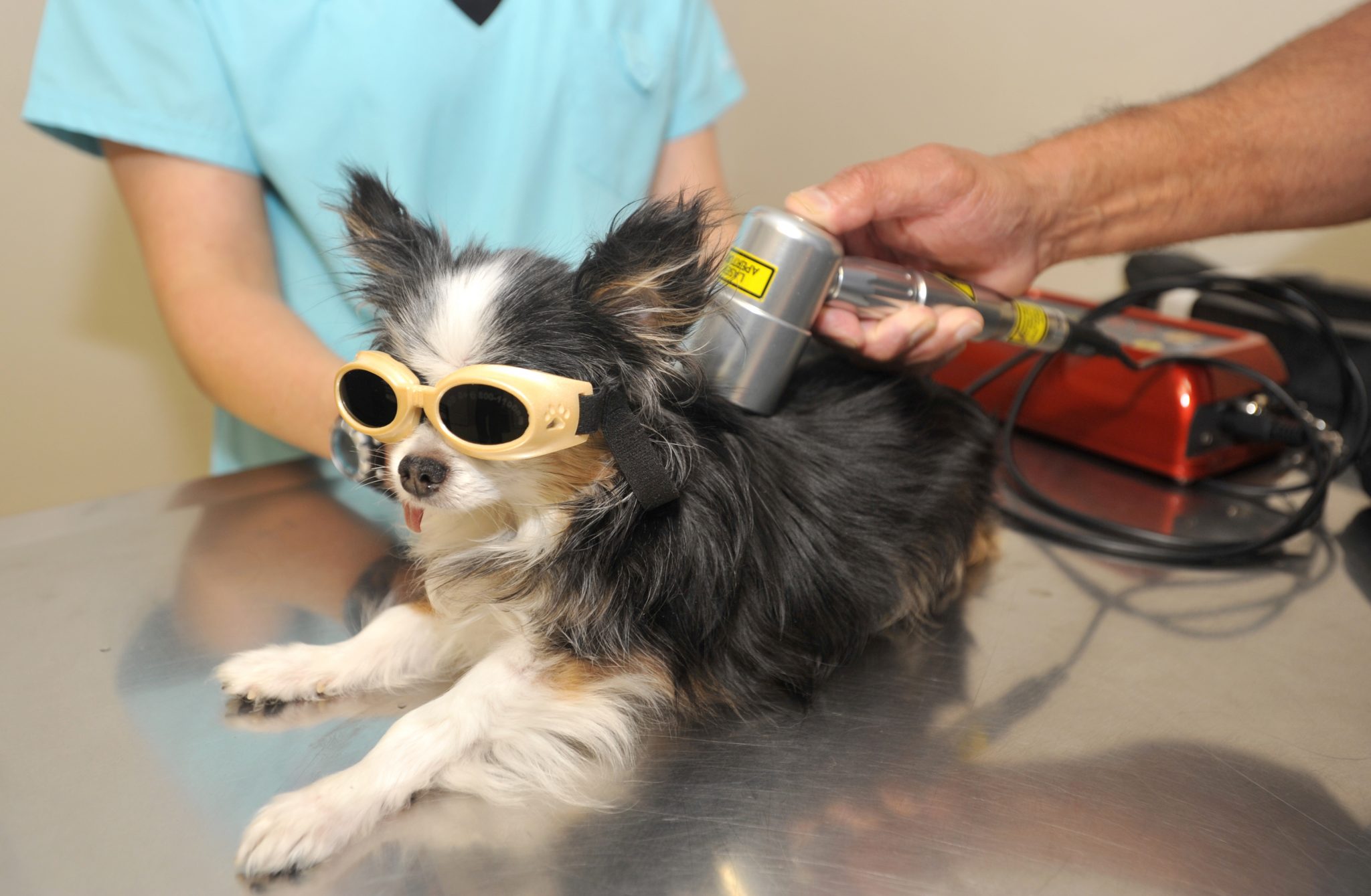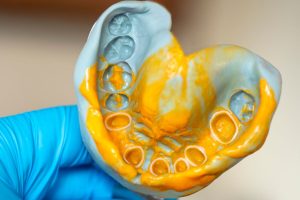Infusion pumps can administer fluids that might otherwise be quite difficult or impractical if they were done manually by nurses. For example, they can administer doses as small as injections of 0.1 mL per hour (too small for a dropper), injections every minute, injections with repetitive boluses required by the patient, up to a maximum per hour (eg in controlled patient analgesia ), or fluids whose volumes vary with time throughout the day.
Volumetric infusion pump for veterinary medicine is the best option to inject medicine without pain. The infusomat has an ergonomic interface and all the functions for conducting safe intravenous therapy of animals in the clinic and away. The horizontal design of the syringe pump prevents liquid from entering the device. The system can be installed on a special rod or on a table. The device is equipped with a high-quality drive motor, it works almost silently and without vibration.
Veterinary infusion pump, Zoomed (Zoomed)
Benefits of Veterinary Infusion Pump
- Dual-processor monitoring to protect against overdose and air entering the vein
- Simple control with options for changing settings without interrupting drug administration
- Alarms for stable and predictable peristaltic pump infusion
- Intelligent ripple compensation
- Accurate dosing and timing of administration for safe therapy and comfortable, controlled infusion
- Adjustable flow rate, bolus, KVO for different treatment protocols;
- Reliable fastening of infusion equipment
- Installation of infusion bags, food bags, as well as any other equipment compatible with this system
- Single power cord for more security
- Easy and reliable installation and easy pump removal
- Ability to customize the channel according to user requirements
- Ergonomic design
- Removable infusion hook for versatile use
- The stand on rotating wheels provides ease and maneuverability in movement
- Reliable stable support
- Compatible with various infusion devices
Infusion Pump Design
The syringe infusion pump is a system consisting of the following basic elements:
- Capacities for a medicine (syringe).
- A “finger” that presses on the plunger of the syringe and displaces the required amount of the drug into the system.
- An electronic device that regulates the speed of pressing the “finger” on the piston, as well as controlling various additional parameters.
Modern models of medical syringe dispensers may have the following additional functions:
- Automatic volume recognition.
- Change in the rate of administration of the drug without interrupting the infusion.
- Regulation of pressure in the system, allowing it to be reduced to a safe level by slowing the rate of infusion.
- Sound and light warning in case of a failure in the speed of drug administration, pump malfunction.
- Writing to the flashcard data of the latest infusions.
- Automatic shutdown of the system after the end of the procedure, etc.
In addition, many pumps are equipped with a liquid crystal display, facilitating the introduction of the necessary parameters and monitoring the status of the system as a whole.
Most pumps use a stepper motor, which releases a specific volume with each pulse; by varying, the infusion rate changes the frequency of the pulses. However, the effect is almost the same as with units with continuously variable motors, because the stepper motor pins are frequent and small. In almost all pumps, empty syringes must be replaced manually. Some models can attach two syringes,
Manufacturers specify the brands and sizes of the syringes that should be used with their models, in order to avoid the inaccuracy of the flows or problems with alarms. Almost all pumps can identify the size of a loaded syringe if the pump and syringe are compatible.
Most pumps can be assembled on a stand for convenient access, and almost all have built-in alarms, to alert the operator about potentially harmful situations, such as an empty syringe (end of infusion), high pressure (occlusion), Low battery or bad pump function.












